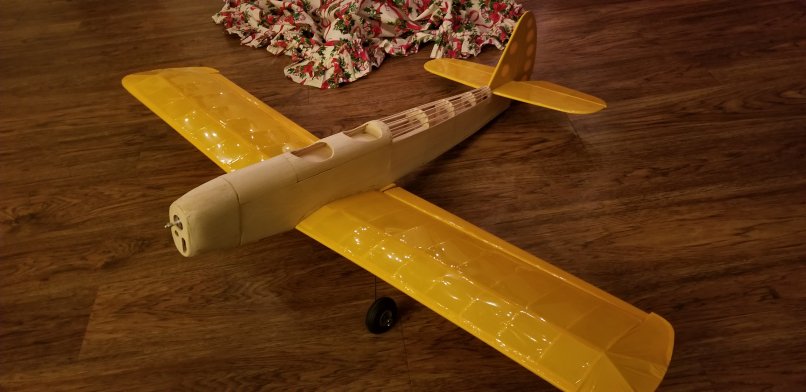December 10-12, 2018
It’s been about 45 years (I was in high school) since I covered a balsa wood airplane — a WWI Spad biplane — and that covering consisted of very thin tissue paper pasted onto the wood with strong-smelling model dope. A spritz of water would serve to shrink and tighten up the tissue after the dope had dried. Poetically, that Spad hangs above me in my shop, about five feet away.
Today will be my first encounter with Monokote — the current technology used for covering model planes not powered by a rubber band. Technically, I am using a covering called UltraCote Parklite, which is supposed to be a little lighter than Monokote. I have watched a few YouTube videos and have read the directions that came with the covering material, and I think I understand the concept. From here on out, I just need to jump in with both feet to master this skill. I purchased a large heating iron and a small iron used for detail work. Dave, one of my flying buddies, loaned me a tool called a “woodpecker” which pokes tiny holes in the sheet balsa to allow air to escape and minimize bubbles in the covering.
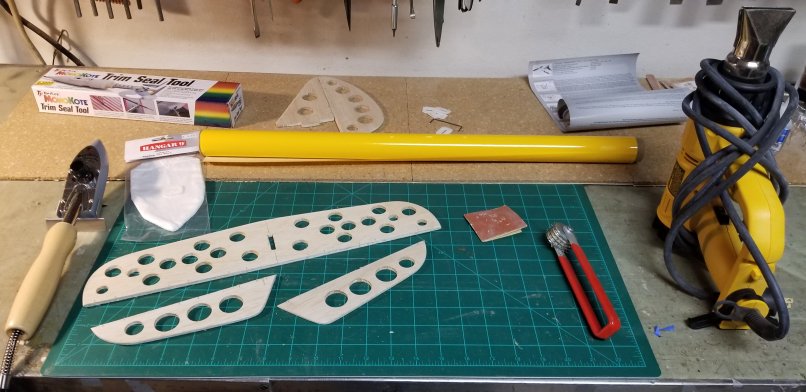
I got my feet wet by covering the horizontal stabilizer, The covering sticks well to the wood at a temperature of 200 degrees. I just keep stretching it as smooth as I can as I go.
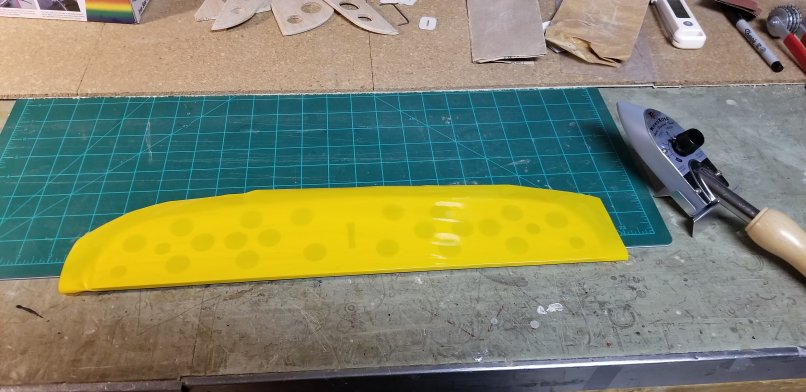
The large iron works very well for the larger surface areas as well as securing the covering around the edges.
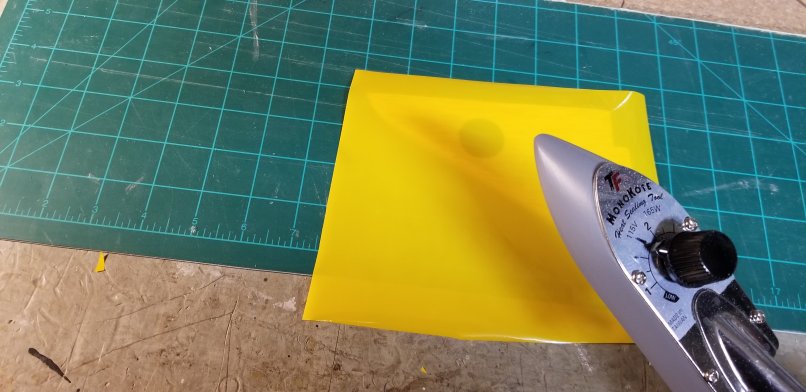
I located the hinge slots that I had cut earlier, using the templates from the plan on which I marked the slot locations. Before I glued the hinges using thin CA, I installed the wire that joined the elevator halves.
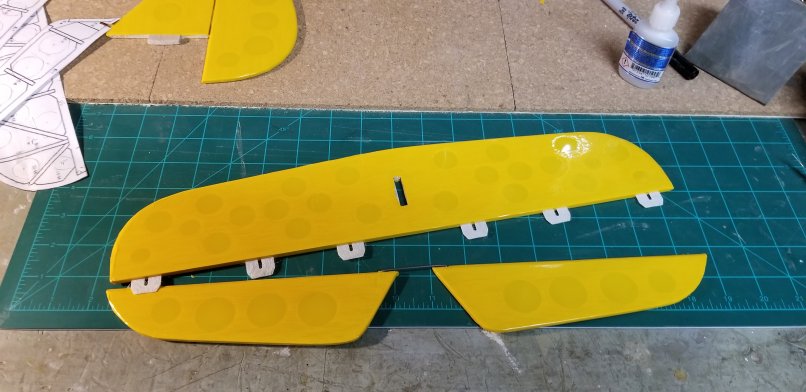
The tail surfaces are now covered and I am much more comfortable with the process of covering.
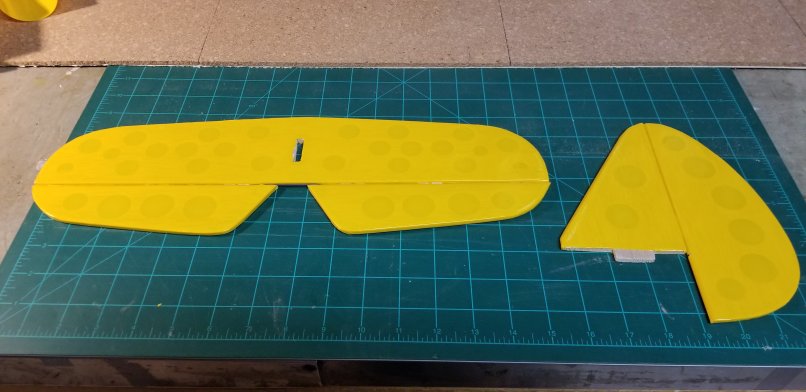
Next, I tackle the lower surfaces of the wings.
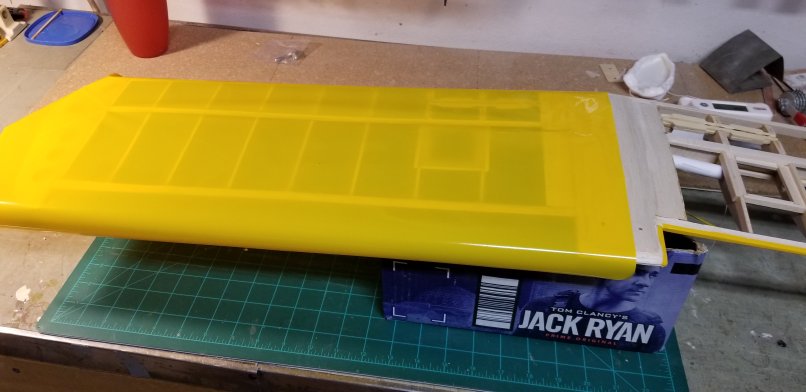
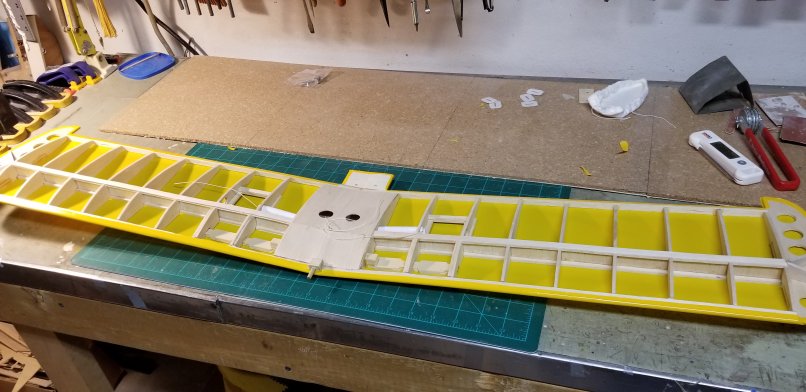
Then, the upper surfaces.
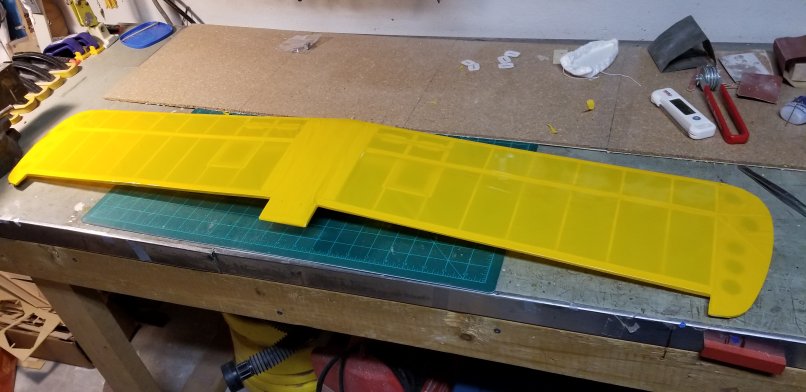
Finally, the aileron servo holes are cleared and the landing gear slot is freed. The small detail heating iron is perfect for these tighter areas.
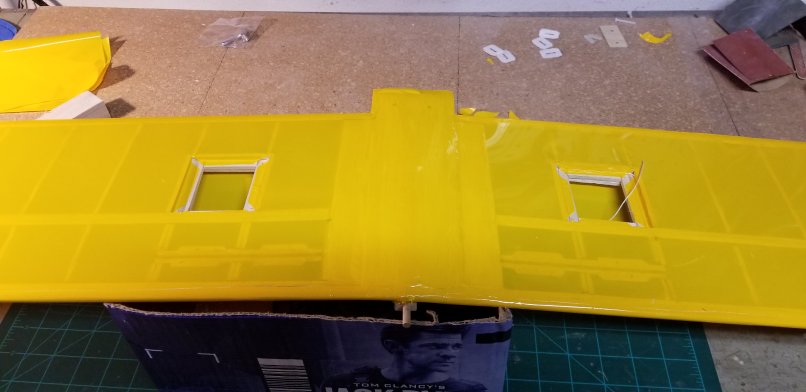
After attaching the wings and temporarily taping the tail surfaces on the rear, we can get an idea of the progress thus far, prior to all the holiday travel and craziness.
